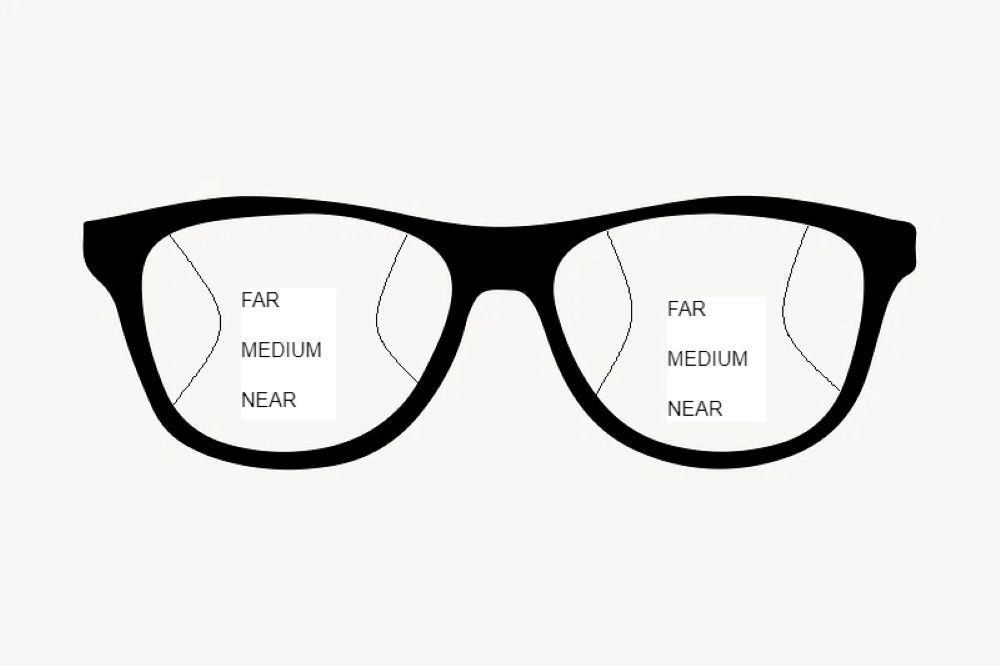When you start with near vision fatigue, usually after the age of 40, you begin to have difficulty focusing in near vision. The eye muscle begins to lose focusing and defocusing functions and there is a tendency to move away from objects up close to get a good view of them.This does not happen with a young eye because the muscle is strong enough to tighten and make the necessary effort to see well at near distances.
WHY DO WE HAVE PRESBYOPIA?
Inside the eyeball, there is the crystalline lens, which is a capsule that focuses the light coming from the outside on the retina. The crystalline lens is able to change its shape to try to focus well on objects. As the years go by, the crystalline lens loses this ability of the young eye to be able to tense and not to tense to focus well on objects and it becomes more rigid. When it is necessary to focus on objects that are close, an eye of a 20-year-old person will make the effort to focus the object on the retina. For a 45-year-old eye, the effort is much greater because the crystalline lens is more rigid. For this reason, in spite of making the effort, it cannot focus well on the object and the vision is blurred.
The phenomenon of presbyopia or tired eyesight is completely natural, when it starts, the patient has a distance prescription that is completely different from the near prescription. That is to say, if up to the age of 40 the patient did not have any type of distance prescription, when presbyopia begins, there is a certain graduation that will increase until the age of 60 or so because, as we have said, the reason is due to muscle weakness.
SYMPTOMS OF PRESBYOPIA
As we have explained before, the symptoms of eyestrain are:
- Difficulty focusing on close objects.
- Visual fatigue or eyestrain.
- Headache after looking at close objects for a long time.
- Red, dry, itchy eyes with prolonged use of close-up fixation.
The combination of these symptoms causes eye fatigue.

HOW DO PROGRESSIVE LENSES WORK?
The only solution to be able to see well at both distances is to use progressive glasses.
Progressive lenses are characterized by having in the whole lens all the prescriptions that the patient needs from far to near and in a gradual way.
The distance graduation is a little higher and as we go down gradually in the glass, the graduation changes until it reaches the exact graduation for near vision at the bottom of the lens.
Since it is a lens with several graduations is quite difficult to manufacture and there will always be areas of blurred vision on the sides of progressive lenses. That means, in the center of the lens, there will always be good vision but not on the sides.

For this reason, it is very important to choose the right progressive lenses because they are characterized by the field of vision of each type.
Progressive lenses that have a large field of vision are characterized by having very small blurred areas on the sides: in most of the lens, vision will be clear.
Those with a narrower field of vision will have limited clear vision, and as soon as you move your eyes to the left or right side, you will notice aberrations and there will be no clear vision but blurred vision.
This is why it is very important to choose the right type of lens to have a good and comfortable vision all day long.
Related Posts

PROGRESSIVE GLASSES

MYOPIA LENSES


